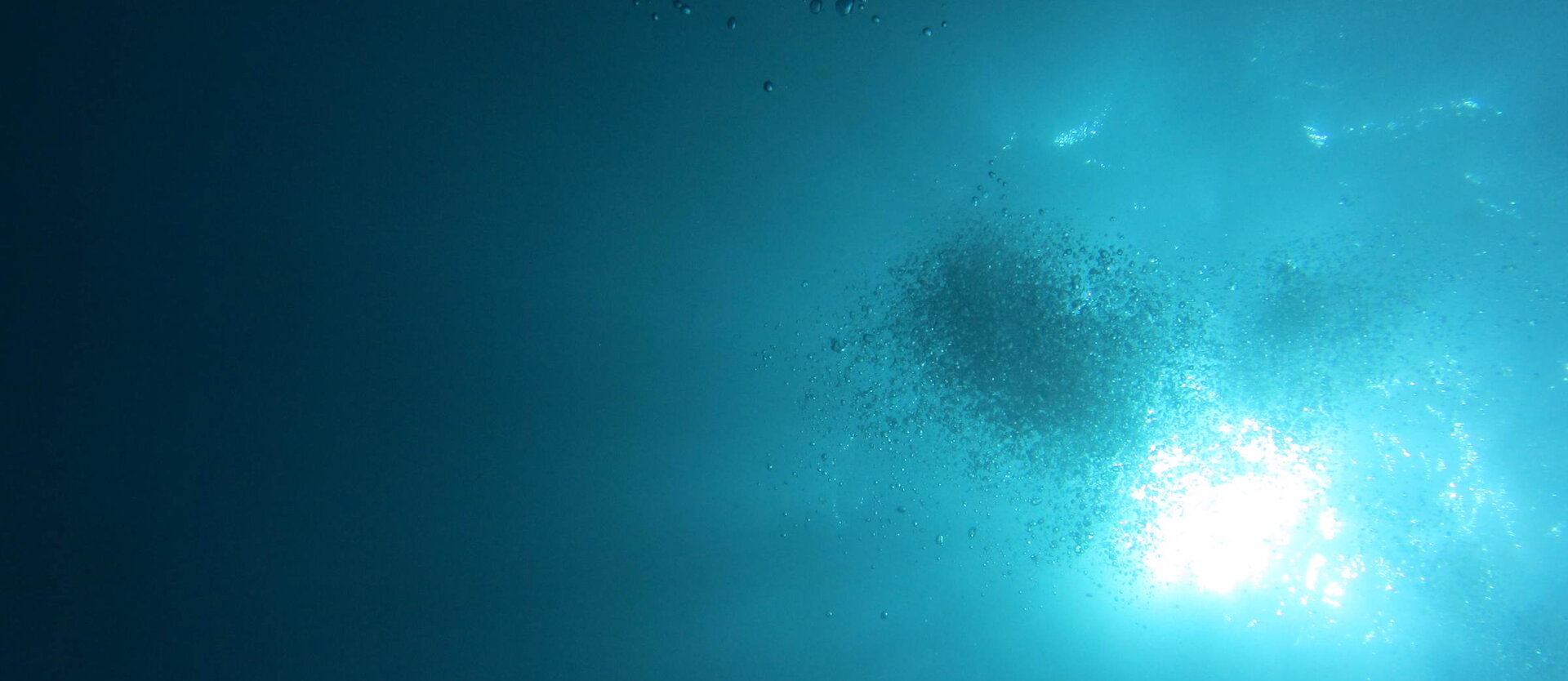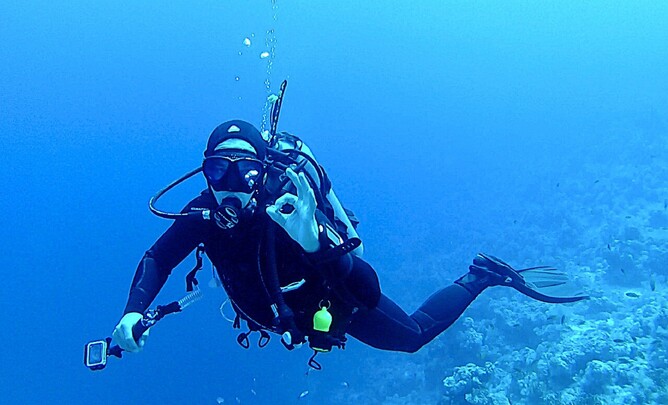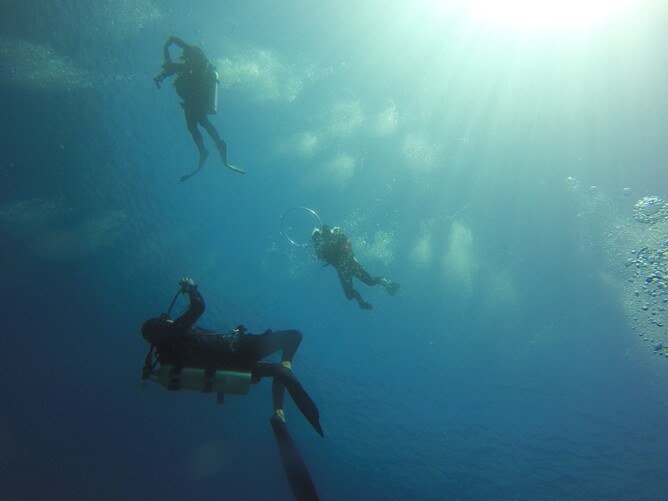As we covered in our blog Travel insurance or diving insurance? What do we think in 2022?, we are of the opinion that every scuba diver should have full travel insurance with a specialist scuba diving provider.
We also covered in that article that, if you breach your depth limit, then any standard travel insurance will be invalidated - not just for the offending dive, but often for the duration of the policy.
Recently, however, we heard a diver confidently declare that she had insurance that had no depth limits and was, therefore, free to dive as deep as she wanted.
As a certified rescue diver, with a deep certification, she was certified to dive to 40m (130 feet).
She completely understood that she couldn’t go beyond this depth, but presumed that as her insurance had no depth limit, she could dive as deep as she liked, up to that depth, provided she remained within her no decompression limits.
Although we don't pretend to be insurance experts, we cautioned her that this was almost certainly not the case.
It really is a matter of ignoring the marketing message, and reading the T&Cs.
Take out specific dive insurance
As her comments were ringing alarm bells for us, we asked if we could have a copy of her policy to have a read through.
Although we are far from being insurance brokers or experts, we do have a legal beagle or two we can call on, so did what every diligent person does when it comes to insurance... we asked someone else to read the paperwork!
Specific dive insurance is a really, really good idea when it comes to scuba diving and some policies are advertised as not having any depth limits.
A bit like 'no decompression limits', however, the wording is something of a misnomer.
What it means is that your insurance won’t be nullified just because you breach a particular depth limit. Whilst standard travel insurance policies will void the policy for any breach of depth limits, companies that understand scuba diving will not seek to use this as an excuse to not pay out.
What it doesn’t mean, however, is that you have no depth limits, or that you simply need to dive within your certification.
Think before you dive below 30 metres
The maximum depth of a dive is generally accepted by mainstream dive agencies as being 30m (99 feet).
Those of you who have a deep certification may be able to dive to 40m (130 feet), or even deeper, depending on your certification agency.
Going below 30m (99 feet), however, should only ever be done as part of a specific plan, for a specific reason.
Deep certification doesn’t mean that you can drift below 30m (99 feet) because you feel like it, or see something you like the look of and want to drop down and have a look.
If you have a habit of doing this then your insurance company may well take a dim view of your scuba diving, particularly your approach to safe diving practices, and may well invalidate your claim, regardless of their claim that there is no depth limit.
Each policy is different, but wording such as the policy holder needing to take "all precautions to prevent anything happening which may give rise to a claim” and “Follow your association's guidelines” will usually mean that repeated dives below 30m (99ft), for no apparent reason, could be viewed as you failing to follow safe dive practices.
Keep to safe dive practices. If you don’t, then the no depth limit offers no protection.
Enjoy this article and want to know more about Dive Bunnies?
Are you a new or novice diver and want to get more involved with Dive Bunnies?
Follow us on Twitter
Why not join our Facebook Group and make some new friends - we would love to hear from you!



